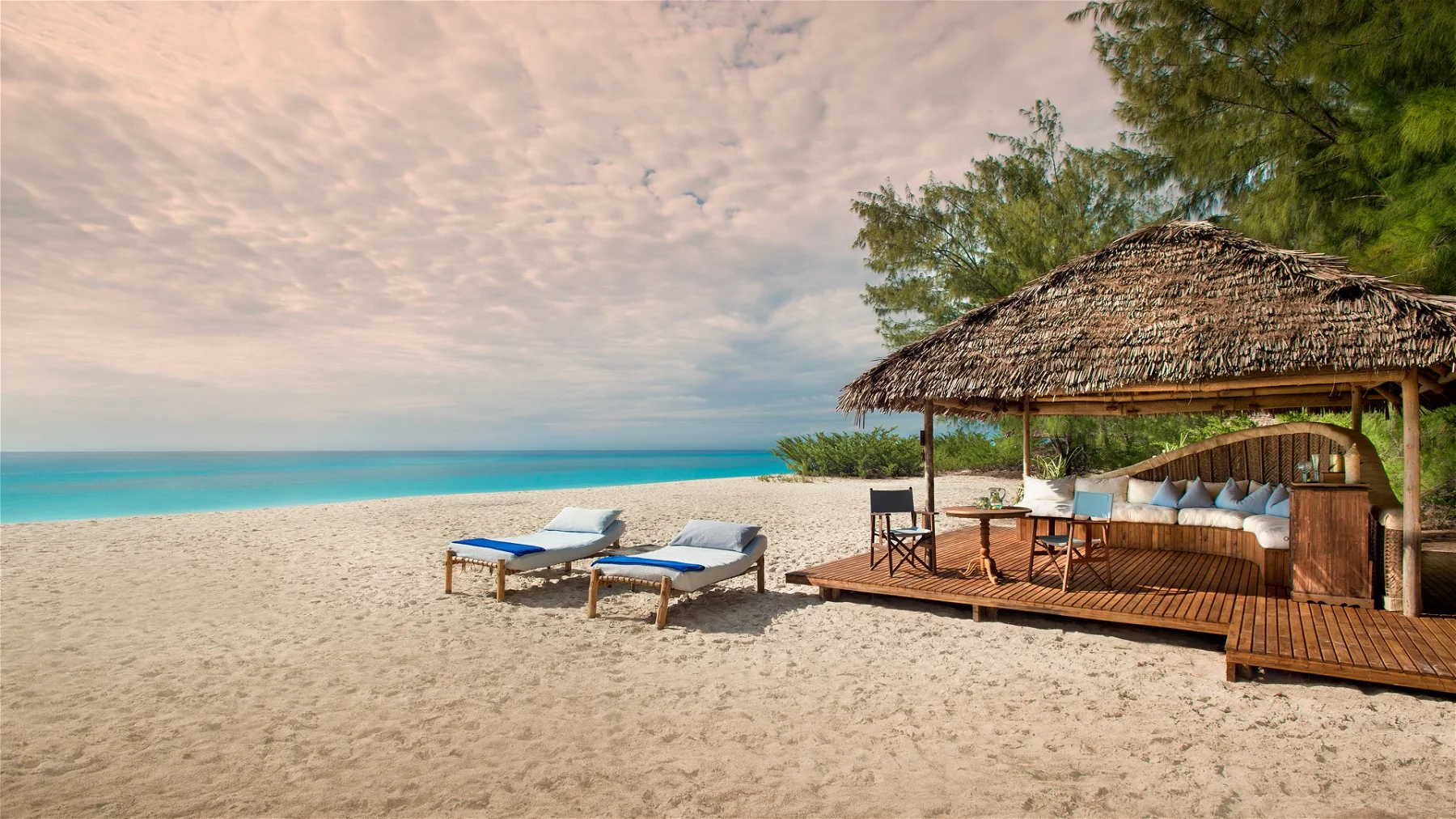The question is, “When is the ideal time to travel to Zanzibar? “, and the answer is frequently nuanced. It will depend on many factors, including your interests, the specific location you wish to visit, and why you’re traveling. One person’s best time can be another’s worst!
Here is a general overview of Zanzibar’s climate. Based on records and experience due to global warming, weather patterns across Africa are becoming more erratic; we are witnessing catastrophic droughts when it should be raining and vice versa.
Although it always tends to be a little more humid, Zanzibar’s weather pattern closely resembles that of Tanzania, just south of the equator. Occasional rain in the dry season is less common than in the center of mainland Tanzania.
The primary rainy season, sometimes known as the “long rains,” typically lasts from March to May. Tropical downpours in the afternoon are typical and can be heavy on any of the islands. The humidity is high, and the daily highs are in the low to mid-30s.
June, July, August, September, and October are all part of the prolonged dry season, during which rainfall is comparatively infrequent. The best time to visit Zanzibar is during the good, clear, and sunny weather, which varies greatly with height and location. There is another rainy season, known as the “short rains,” that occurs in November and December. These are less dependable and much lighter than the main rains.
In Tanzania, which has a “short dry season,” if it has rained during the brief rains, it usually dries out for a couple of months in January and February until rains resume in March.

